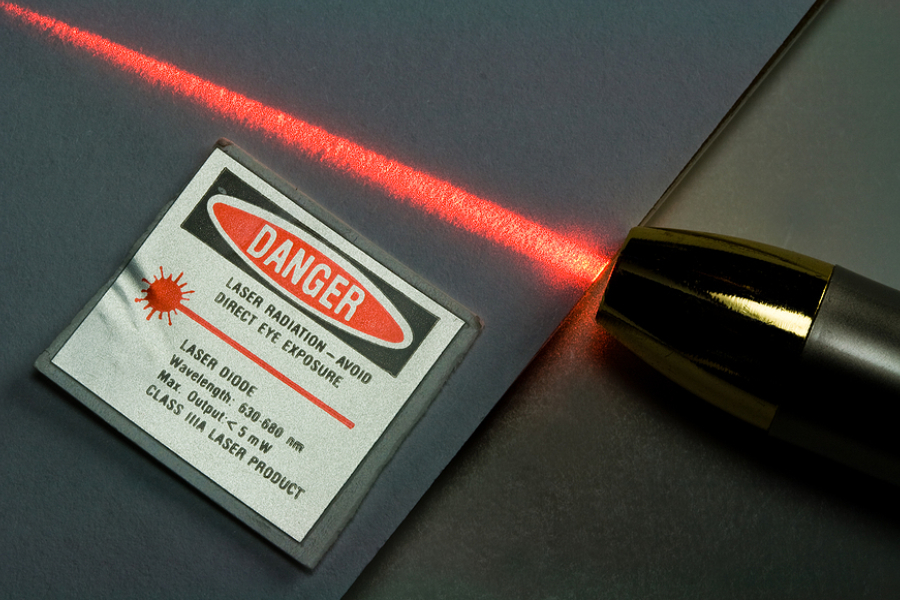How Lasers Work: From CD Players to Cutting-Edge Research

Embarking on a journey through the intricacies of laser technology unveils a fascinating world governed by the principles of physics. At its core lies the concept of stimulated emission of radiation, a phenomenon first theorised by Albert Einstein in 1917.
Understanding the fundamentals of this process is crucial to grasping the workings of lasers and their myriad applications.
Key components of laser systems
A laser system comprises several essential components, each playing a distinct role in generating and manipulating laser light. Central to this setup is the active medium, which determines the properties of the laser beam. Coupled with a pump source to energise the medium and optical components to confine and manipulate the emitted light, these elements form the backbone of laser technology.
The active medium: catalyst for laser emission
The active medium, be it a solid, liquid, or gas, serves as the catalyst for laser emission. Different materials produce lasers with varying characteristics, allowing for a diverse range of applications. Whether it's semiconductor lasers in consumer electronics or gas lasers in industrial processes, the choice of active medium shapes the utility and functionality of the laser system.
Energising the system: the role of pump sources
Pump sources provide the energy necessary to excite the atoms or molecules within the active medium, propelling them to higher energy states. This energy input initiates the process of stimulated emission, wherein photons are emitted as the excited particles transition back to lower energy levels. By supplying this energy, pump sources sustain the amplification of light within the optical cavity, ensuring the continuous generation of a coherent laser beam.
Optical components: shaping and directing laser light
Optical components, such as mirrors and lenses, play a crucial role in shaping and directing laser light. By confining the emitted photons within the optical cavity, these components facilitate the amplification and alignment of the laser beam, ensuring its coherence and directionality. Through precise manipulation of optical elements, engineers can tailor the properties of laser light to suit specific applications, from high-precision machining to medical diagnostics.
Applications across diverse fields
The unique properties of laser light—monochromaticity, coherence, and directionality—underpin a myriad of practical applications across diverse fields. From telecommunications and medicine to scientific research and beyond, lasers have revolutionised countless industries and enabled transformative advancements. Whether it's facilitating high-speed data transmission, conducting precise surgical procedures, or probing molecular structures, lasers continue to push the boundaries of what's possible.
Laser technology in research
Beyond established applications, laser technology remains at the forefront of scientific research, driving innovation and exploration in various fields. In quantum optics, researchers harness the unique properties of lasers to manipulate individual quantum states, laying the groundwork for revolutionary advancements in computing and cryptography. In particle physics, cutting-edge laser facilities enable the generation of ultra-high-intensity pulses for studying fundamental particle interactions and simulating extreme astrophysical conditions.
Conclusion
Laser technology epitomises the fusion of scientific inquiry and technological innovation, transcending disciplinary boundaries to shape the modern world profoundly. From its humble beginnings to cutting-edge research, lasers continue to captivate our imagination and drive progress in myriad fields. At the speed of light, they facilitate communication, precision manufacturing, medical procedures, and countless other applications.
As we delve into the intricacies of laser technology, let us not only appreciate its transformative impact but also recognise the importance of education and exploration in fostering future advancements.
For students embarking on their academic journey, whether through JC Physics tuition or Physics tuition in Singapore, the study of lasers offers a gateway to understanding the fundamental principles that govern the universe and drive human ingenuity forward.